You might gaze up at the night sky and wonder why every planet in our solar system bears the name of ancient Roman deities. It turns out this fascinating tradition stretches back thousands of years, weaving together astronomy, mythology, and cultural exchange in ways that still influence how we understand our cosmic neighborhood today. All of the planets including Pluto (dwarf planet) in our Solar System, except for Earth, were and goddesses. The reasons behind this naming convention tell a rich story of human observation, cultural transmission, and the enduring power of myth.
Let’s dive into the cosmic tale of how our planets earned their divine names.
Ancient Eyes on Wandering Stars
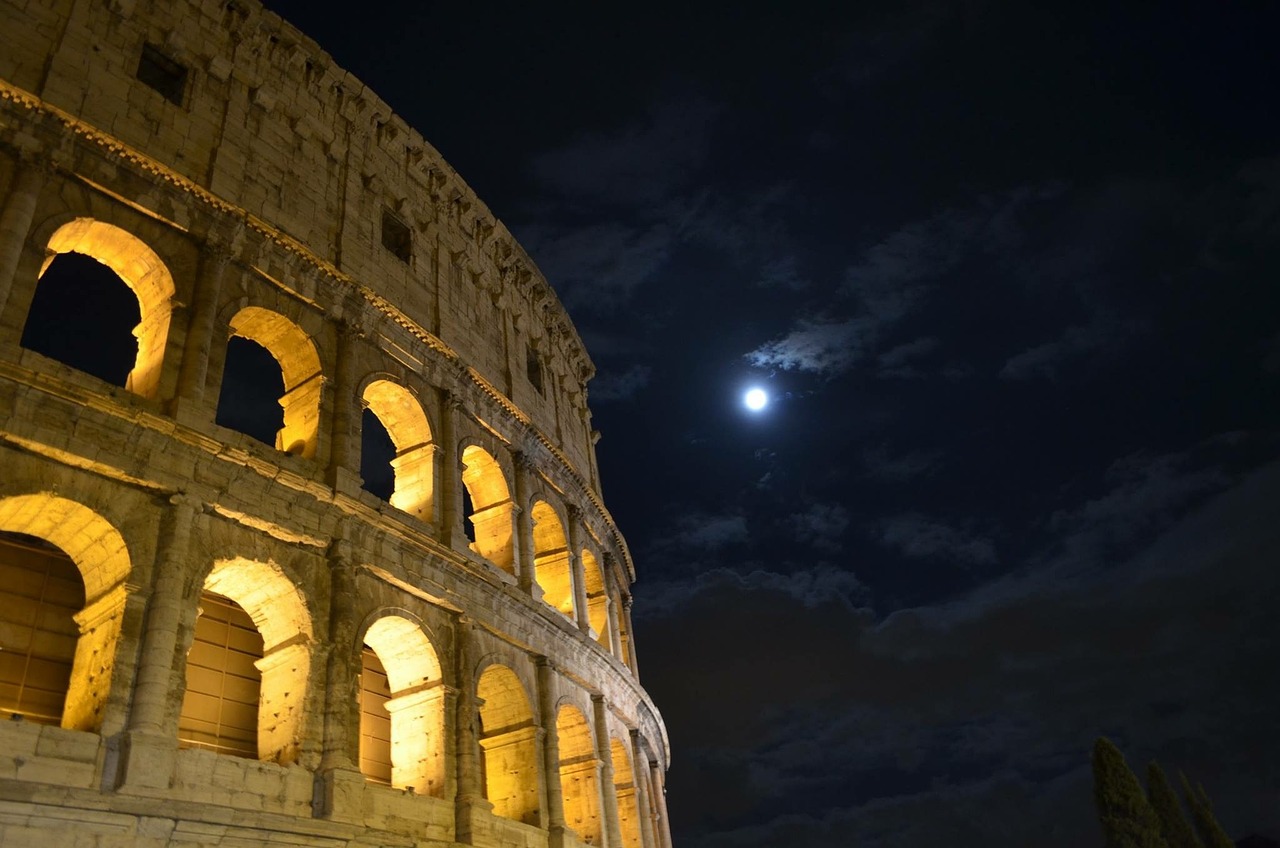
Long before telescopes existed, ancient peoples noticed something extraordinary in the night sky. When people in the ancient world observed the sky, they noticed five wandering lights that behaved differently from the stars. These objects in the sky traced steady paths across the heavens and became connected with the divine. Unlike the fixed stars that remained in constant patterns, these celestial bodies moved across the heavens in mysterious ways.
The planets that the ancient Romans could see in the sky without using a telescope which are Jupiter, Saturn, Mars, Venus and Mercury, were given their names thousands of years ago. These “wandering stars” captivated ancient observers precisely because of their distinctive behavior. Roman astronomers, who observed the five visible planets with the naked eye, had identified each one by its movement and appearance before assigning it to a deity. The wandering nature of these bodies, which differed from the fixed stars, generally suggested divine motion and influence, and each planet became associated with a god whose power matched what people believed the planet’s movement signified.
The Babylonian Foundation
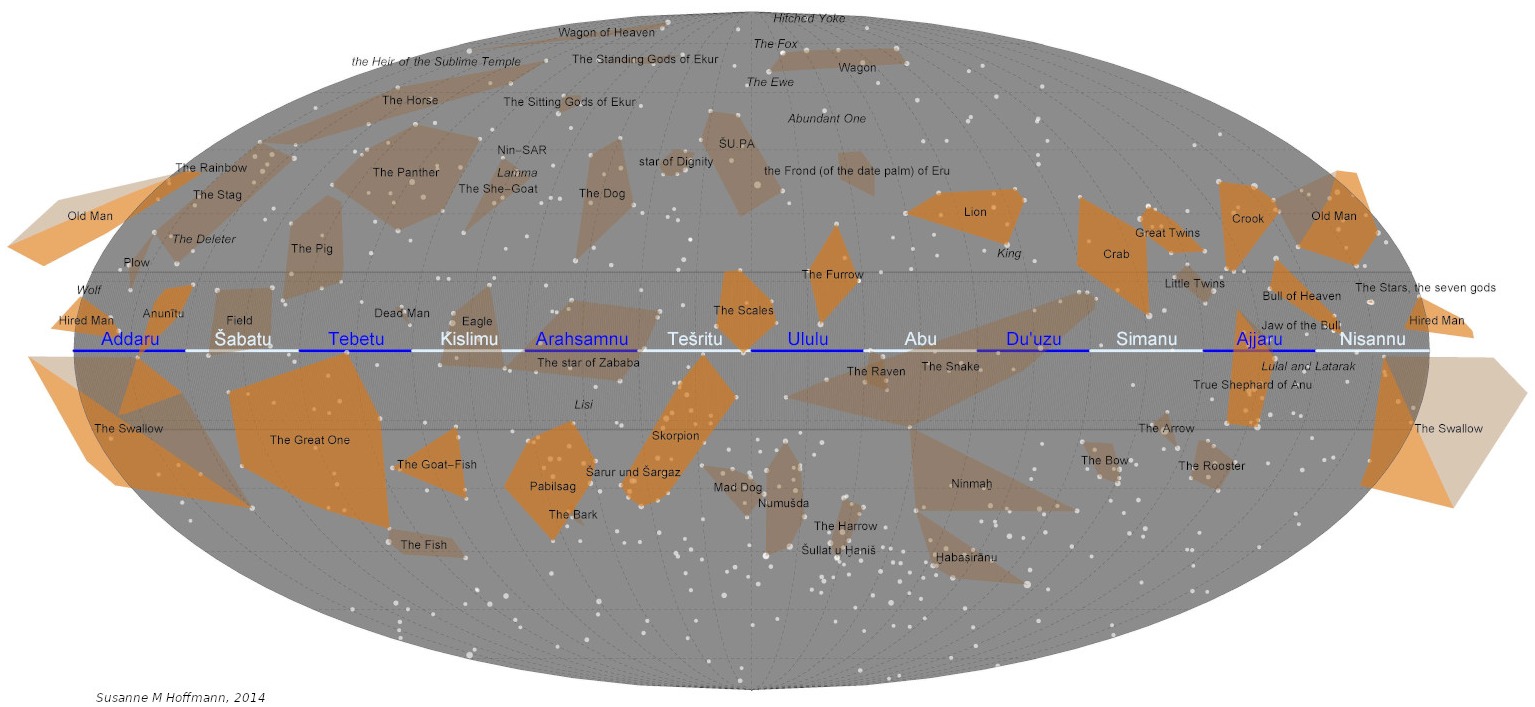
Here’s where the story gets really interesting: the Romans weren’t actually the first to name planets after gods. The tradition of naming planets after gods came not from the Romans, as many assume, but from the Babylonians. The Romans were not the first and only to apply this practice. The seven classical planets (visible to the naked eye, 5 of which today are considered actual planets) were named after deities in Sumerian, Akkadian, Egyptian, and Chinese astronomy long before the Greek/Roman nomenclature.
The Babylonians developed a sophisticated system linking planets to their major deities. The Babylonians called these planets after their major gods, and their divine equivalents were assigned by the Greeks to the same planets. So Babylonian Nabu became Hermes, which comes to us as in his Roman form, Mercury; Ishtar became Greek Aphrodite and Roman Venus; Nergal became Ares for the Greeks and Mars for the Romans and us; Marduk became Greek Zeus and Jupiter for the Romans; and finally Babylonian Ninib was christened Kronos by the Greeks and Saturn by the Romans. This knowledge would eventually travel through cultural exchange to influence Greek and Roman astronomy.
Greek Contributions to Planetary Names
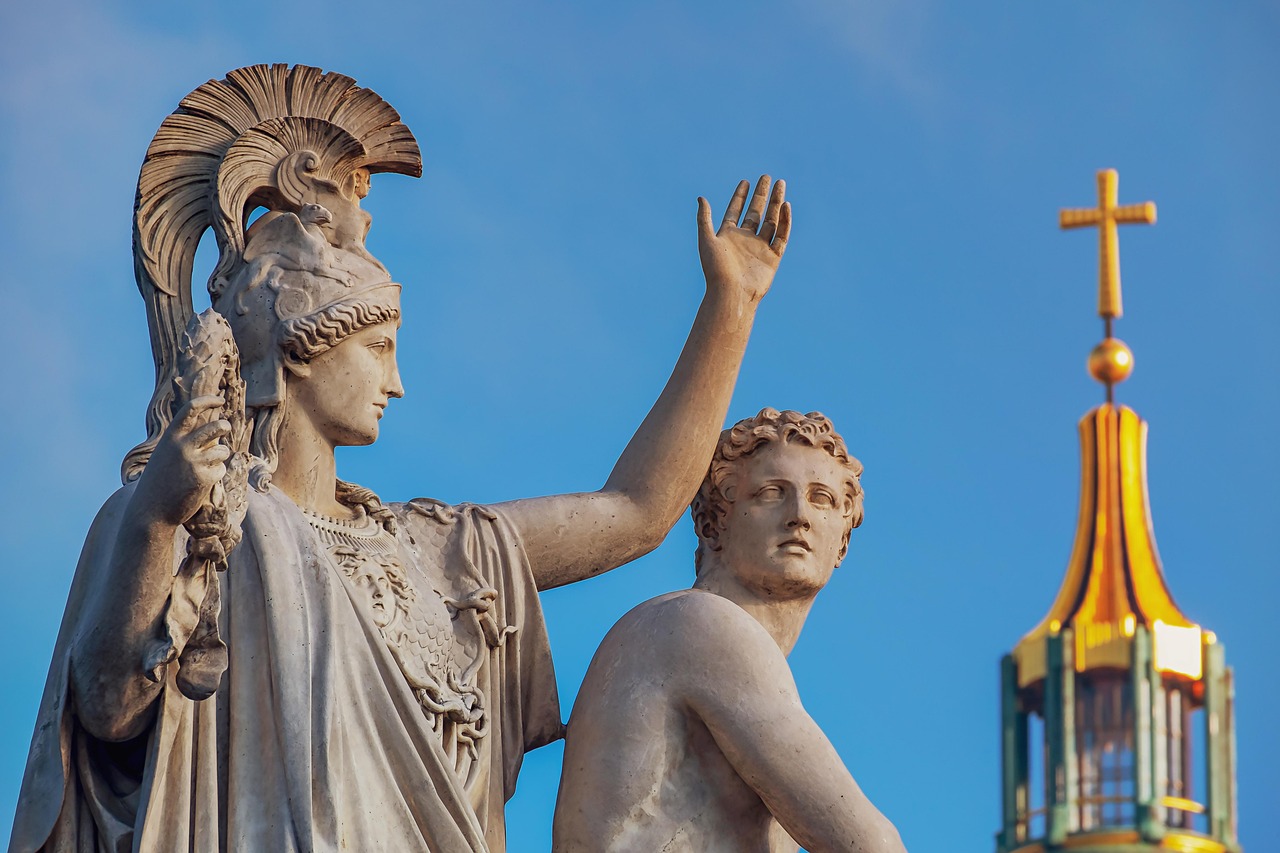
In Ancient Greece the planets were not named directly for gods. Rather they were given names broadly representing their characteristics. Each planet was also assigned as sacred to a particular god, again often based on characteristics. The Greeks took a slightly different approach than their predecessors, focusing on descriptive qualities rather than direct divine naming.
Stilbon, or “the gleamer”, was the fastest planet across the night sky, so was assigned to Hermes, the messenger of the gods. Phosphoros, “the light bringer”, was the name for the brightest planet, assigned to Aphrodite, the goddess of love. Pyroeis, “the fiery”, named for its gentle red hue, was ruled over by Ares, the god of war. They named the planets Hermes, Aphrodite, Ares, Zeus, and Cronus. Then the Romans began calling the planets by their Roman equivalent names of Mercury, Venus, Mars, Jupiter, and Saturn, and those are the names we still use today.
Roman Mythology Meets Astronomy
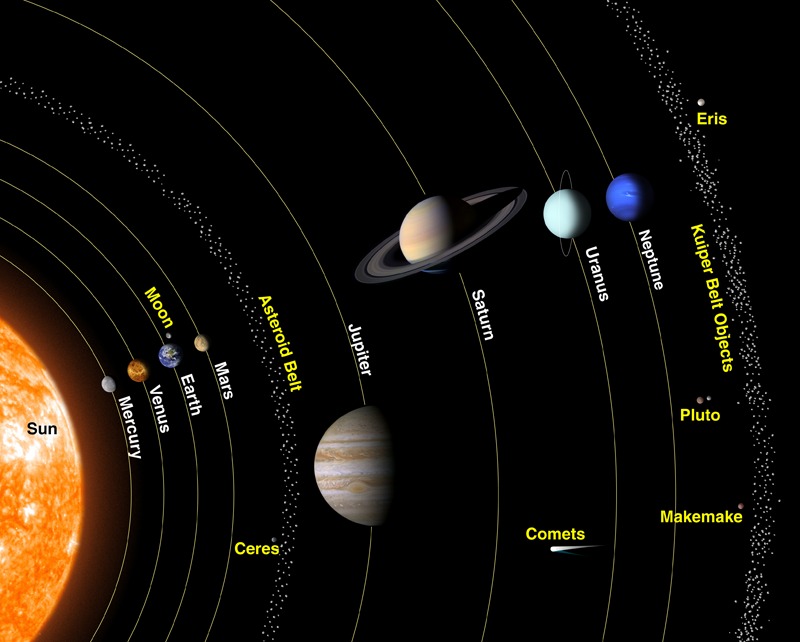
Early European astronomers wrote in Latin, the language of the Roman Empire, and began the tradition of naming the celestial bodies that were visible to them – Mercury, Venus, Mars, Jupiter and Saturn – after Roman deities. The Romans essentially took the Greek system and adapted it to their own pantheon, creating the names we recognize today.
The Romans, influenced by Greek traditions and learning, took the Greek gods associated with each planet and gave those planets the names of the equivalent gods in their own pantheon – Mercurius, Venus, Mars, Iuppiter, and Saturnus. These names subsequently made their way, with only minor variations, into most modern European languages. This transformation proved lasting because The Latin names of the Planets were simple translations of the Greek names, which in turn were translations of the Babylonian names, which go back to the Sumerians.
Mercury: The Swift Messenger

Mercury is the god of commerce, travel and thievery in Roman mythology. The planet probably received this name because it moves so quickly around the Sun and relatively across the sky. Mercury’s rapid orbital motion made it appear to dart across the heavens, much like the fleet-footed messenger god himself.
The planet Mercury was certainly known to Babylonian astronomers many hundreds of years before the rise of Rome, but in English, it would take the name of the Roman god of messengers. Possibly, the planet was called Mercury because of how quickly it travels across the sky. In Ancient Rome, Mercury was one of the major gods, being a Pscyhopomp, a spirit that escorts souls to the afterlife, as well as a god of commerce and communication. This connection between celestial speed and divine messaging seemed perfectly natural to ancient observers.
Venus: The Beautiful Bright One
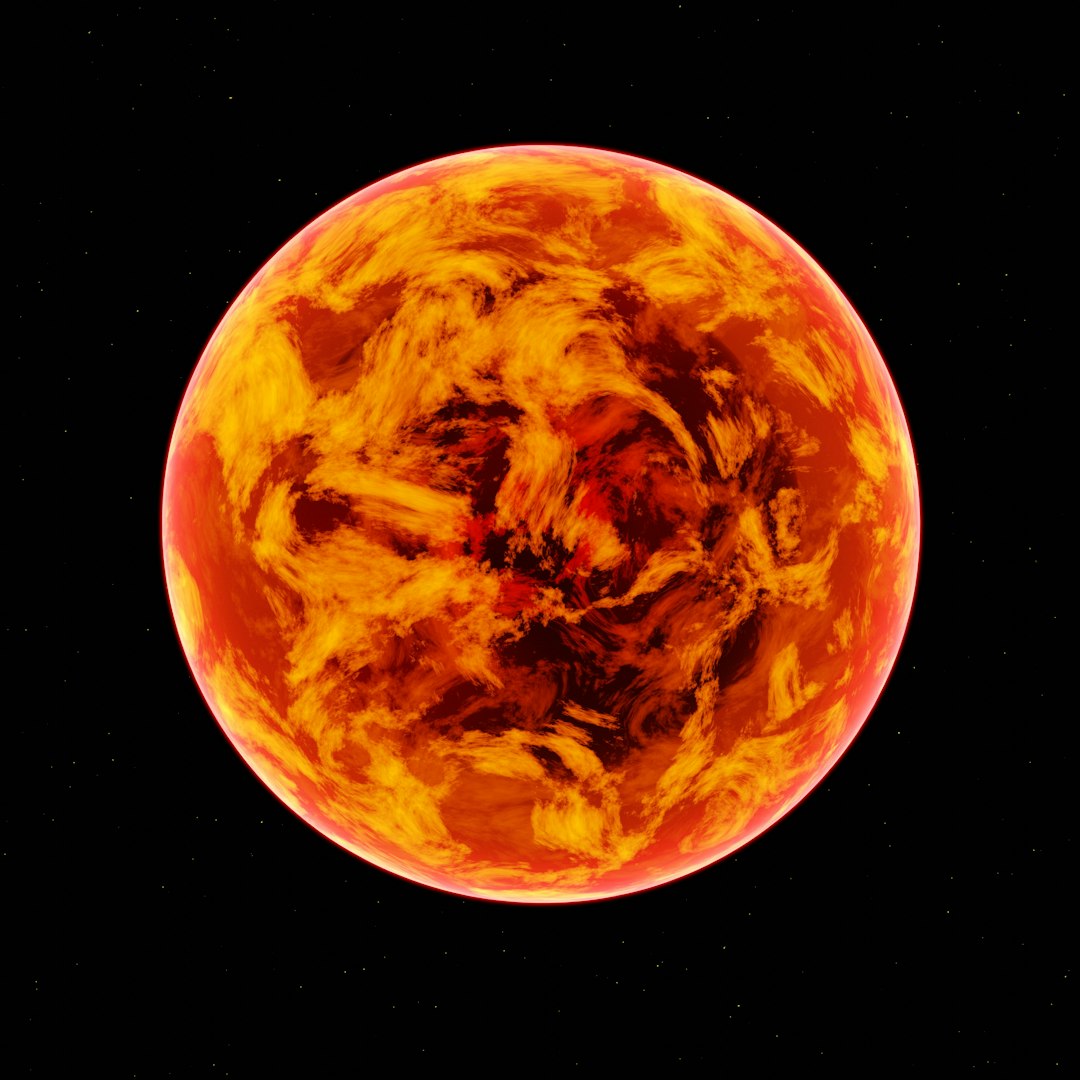
Venus is the Roman goddess of love and beauty. The planet was named Venus since it makes a beautiful sight in the sky symbolizing the beauty of the goddess itself , with only the Sun and the Moon being brighter. Venus stands out as one of the most spectacular objects in our night sky, earning it associations with the goddess of beauty across multiple cultures.
A possible reason for its name comes about because of the beauty and brightness of the planet. Amongst the Roman gods and goddesses, Venus was considered the goddess of beauty and love. Interestingly, Ancient civilizations thought that Venus was two different objects – the Morning Star and the Evening Star. Other civilizations have also associated the planet with love. The Babylonians called the planet Ishtar after their goddess of womanhood and love.
Mars: The Red Warrior
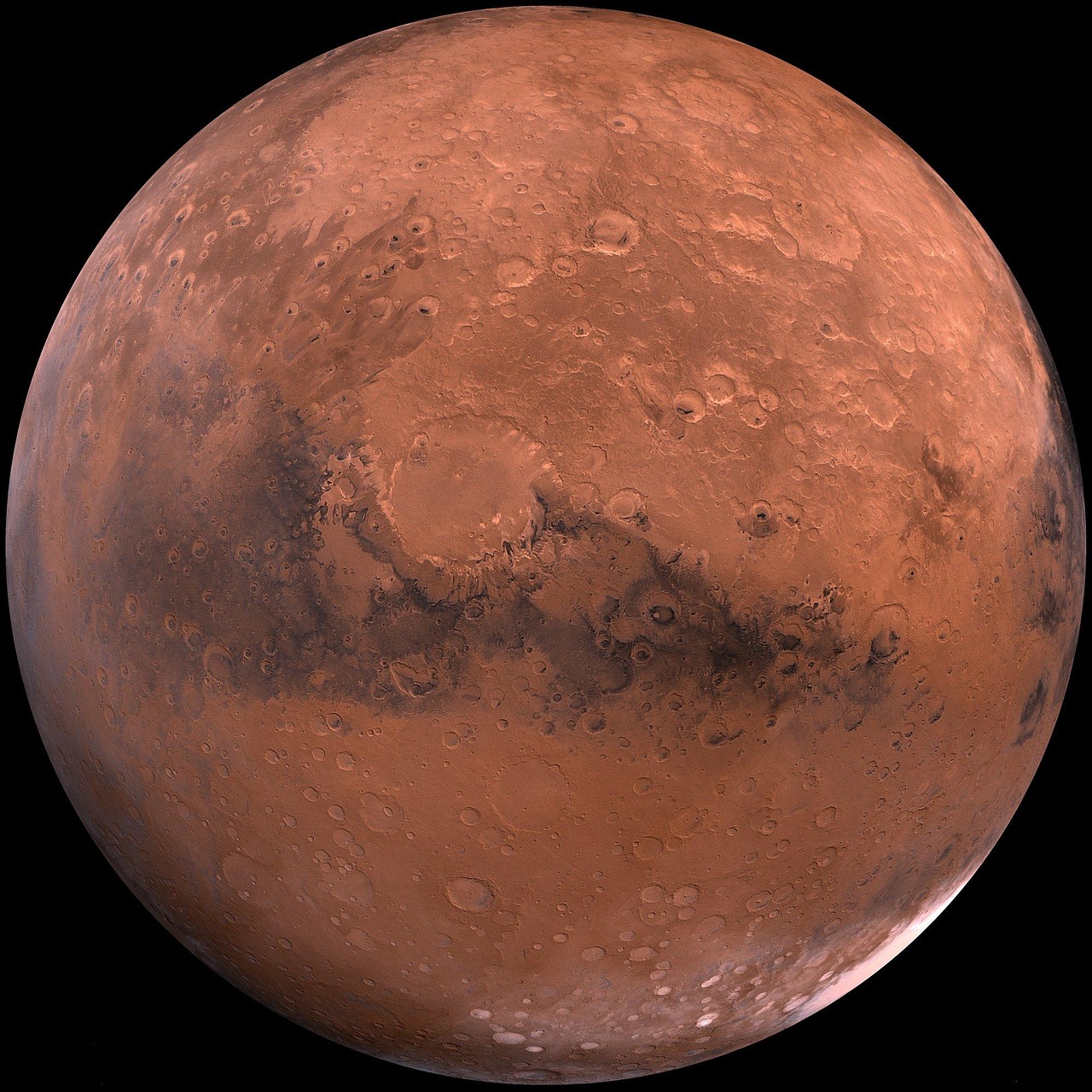
Mars is the Roman god of War. The planet probably got this name due to its red color. The distinctive reddish hue of Mars immediately caught ancient observers’ attention, making the connection to the god of war seem obvious and fitting.
The planet Mars has a red appearance due to its high quantity of iron oxide. Mars/ Ares is the god of war, bloodshed and violence. Mars was famously the Roman god of war and generally considered to be the second most important god of the Roman pantheon after Jupiter – Mars, of course, being one of the gods of the Roman legions. This association between the planet’s blood-red appearance and warfare made perfect symbolic sense to ancient minds.
Jupiter: The King of Planets
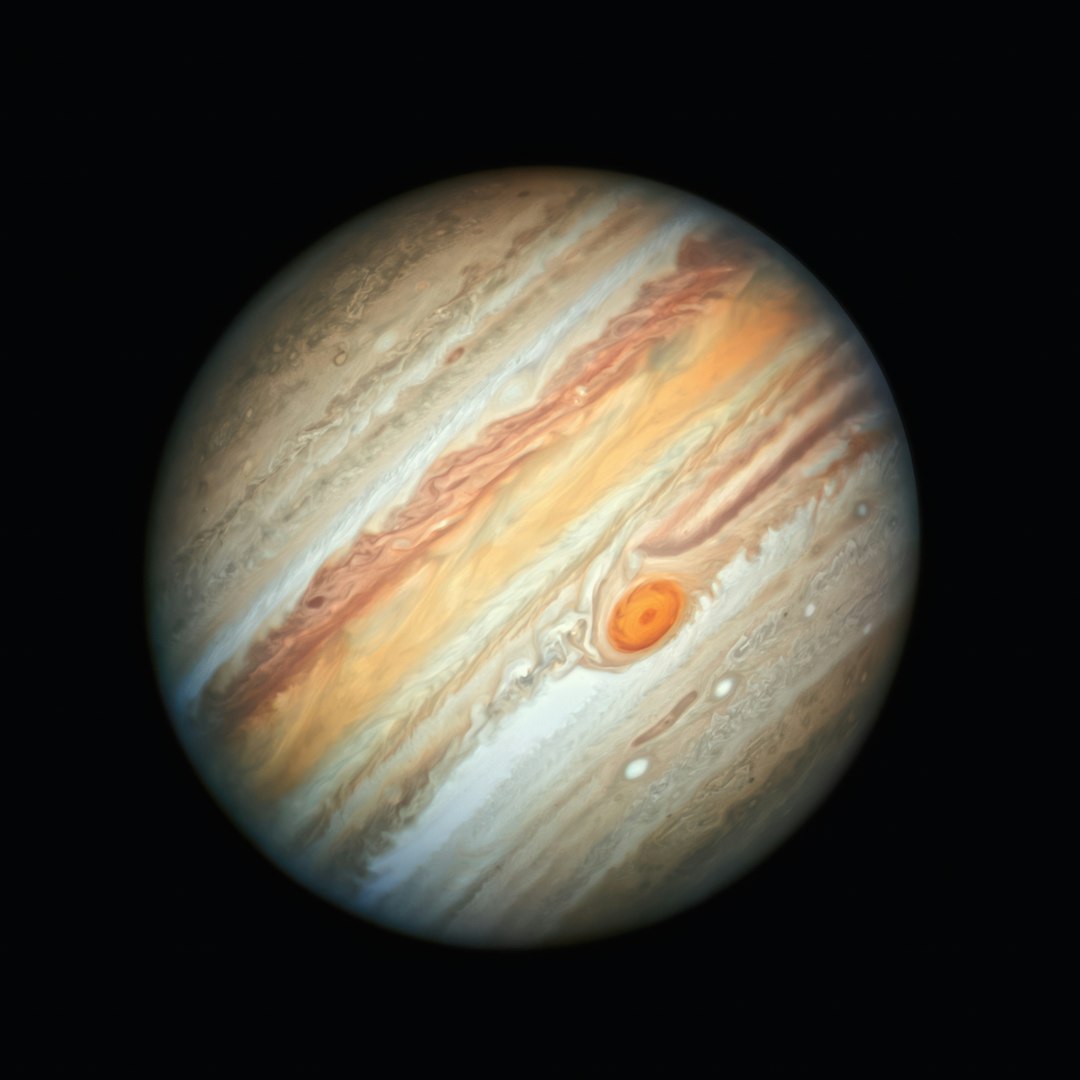
Jupiter was the King of the Gods in Roman mythology (counterpart of the Greek god Zeus), making the name a good choice for what is by far the biggest planet in our solar system. Jupiter’s impressive size and brightness in the night sky naturally led to its association with the most powerful deity in the Roman pantheon.
Jupiter, which was brighter and larger than the other planets, received the name of the king of the gods. Romans associated him with thunder, law, justice, and political order. His placement high in the sky and his slow, steady motion showed authority and permanence, and Roman religion gave him central importance in both public and state rituals. The planet’s majestic presence perfectly matched the authority of the supreme god.
Saturn: The Slow Ancient
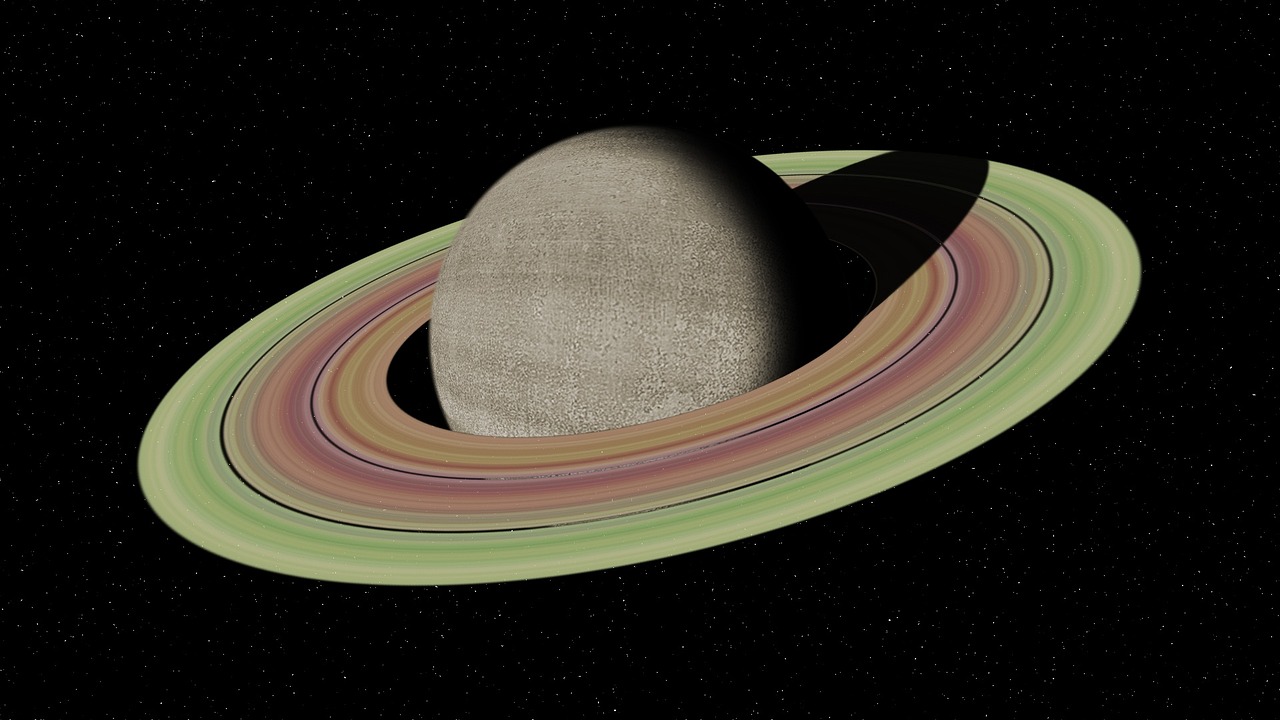
The most distant planet that visible to naked eye, Saturn was named for the Roman god of agriculture. The planet’s sluggish movements probably reminded ancient sky-watchers of the slow gait of plowing oxen or grazing cattle. Saturn’s leisurely journey across the sky made it seem ancient and deliberate, qualities associated with the agricultural god.
Saturn, which was visible only at great distance and moved slowly, became connected with the ancient god of agriculture and time. Saturn’s mythological reign was remembered as a golden age of peace and prosperity, and the planet’s faint glow suggested something old and remote, connected to the cycles of planting, harvesting, and renewal. This connection between slow celestial motion and agricultural cycles resonated deeply with ancient agricultural societies.
Later Discoveries Continue the Tradition
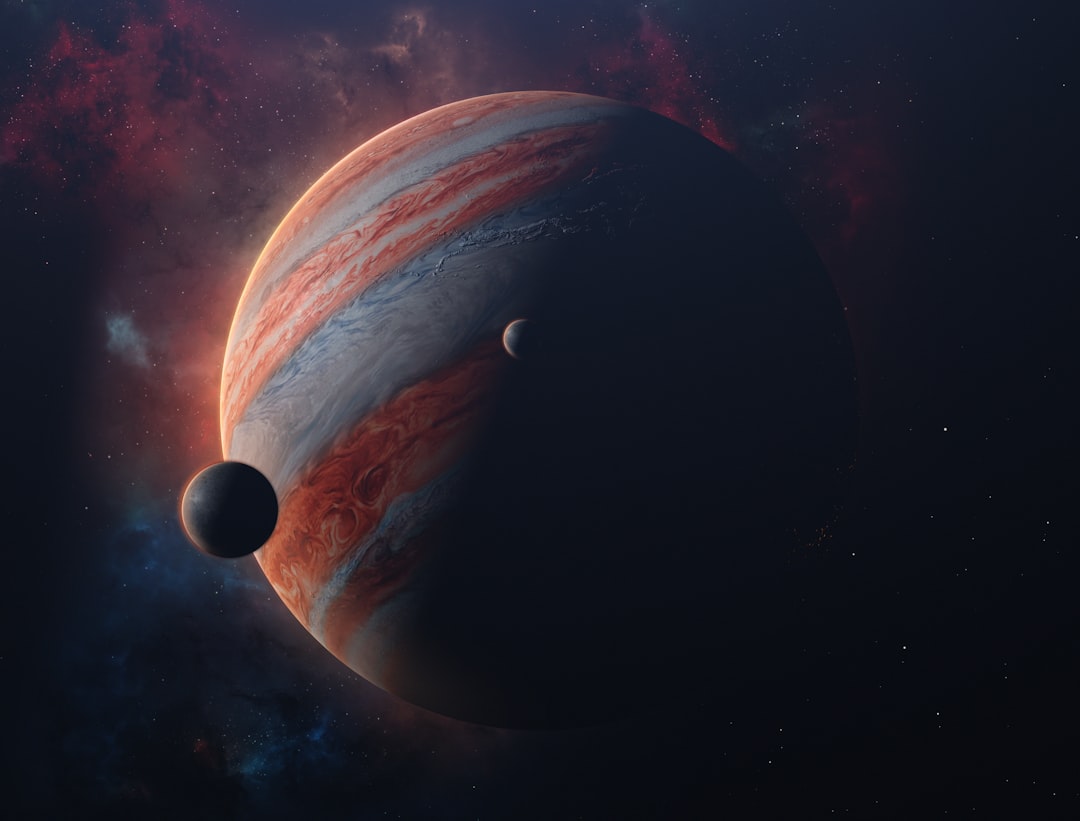
When telescopes revolutionized astronomy, newly discovered planets maintained the mythological naming tradition. When telescopes were invented, the other planets in our solar system were discovered, and still the tradition of naming the planets and goddesses were used. The invention of the telescope in the early 17th century paved the way for the discovery of more distant, fainter planets and the convention of using names of ancient gods was continued.
Uranus, discovered in 1781, initially faced naming challenges. Uranus was discovered by the British astronomer William Herschel in 1781. Herschel originally planned to name the new planet Georgium Sidus, Latin for “George’s Star” in honor of King George III. However, fellow astronomer Johann Bode proposed following the tradition of naming planets after mythological gods. While Herschel preferred his original name, the astronomical community eventually adopted Bode’s suggestion of Uranus, the Roman god of the heavens who was the father of Saturn and the grandfather of Jupiter. Neptune followed in 1846, which has a vivid blue color, got its name from the Roman god of the sea.
The Lasting Impact of Ancient Traditions
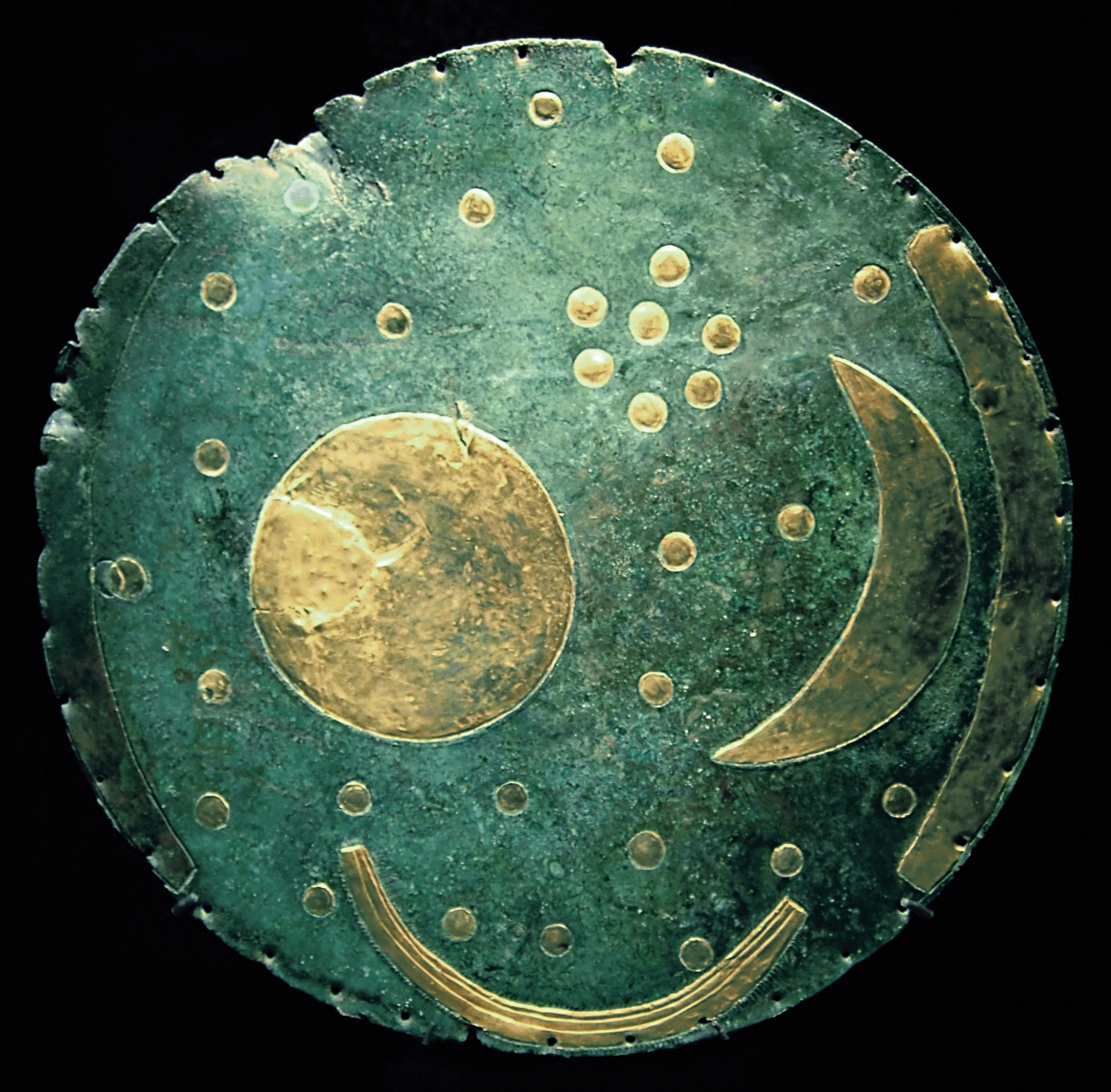
Why do we still use these ancient names today? Romans are the closer descendants of the modern West, which is most likely why we stuck with the Roman names. The IAU recognizes that astronomy is an old science and many of its names come from long-standing traditions and/or are founded in history. For many of the names of the objects in the solar system, this is especially so. Most of the objects in our solar system received names long ago based on Greek or Roman mythology. The IAU has therefore adopted this tradition in its rules for naming certain types of objects in the solar system.
Afterwards, astronomical discoveries continued to draw from mythology, even when categorising dwarf planets and moons. Scientists, who had recognised the influence of tradition and the importance of meaning, preserved the classical naming system rather than replacing it with modern, scientific, or nationalistic names. This commitment to tradition helps maintain continuity in astronomical nomenclature while honoring the observations of ancient stargazers who first noticed these celestial wanderers.
The story of planetary names reveals humanity’s deep connection to the night sky and our desire to understand the cosmos through familiar cultural frameworks. From Babylonian observers to Roman astronomers to modern space scientists, each generation has built upon the work of those before them. These divine names serve as a bridge between ancient wisdom and modern science, reminding us that our quest to understand the universe is as old as civilization itself. What do you think about this cosmic connection between mythology and astronomy? Tell us in the comments.

Hi, I’m Andrew, and I come from India. Experienced content specialist with a passion for writing. My forte includes health and wellness, Travel, Animals, and Nature. A nature nomad, I am obsessed with mountains and love high-altitude trekking. I have been on several Himalayan treks in India including the Everest Base Camp in Nepal, a profound experience.




